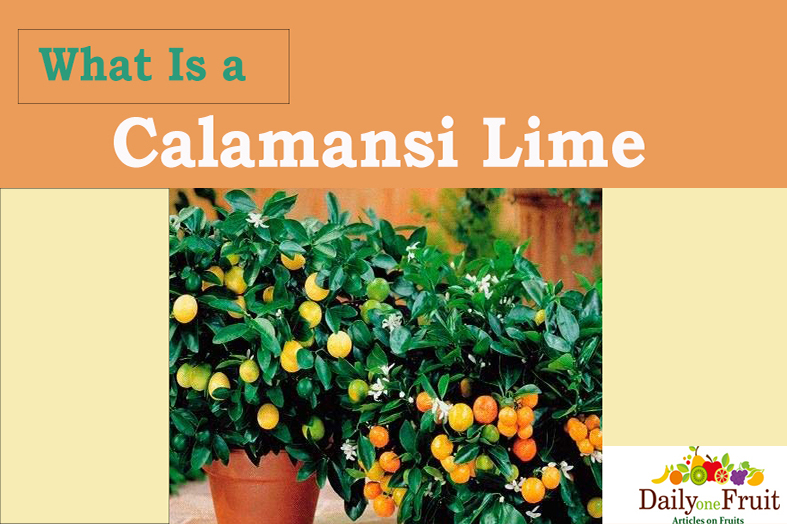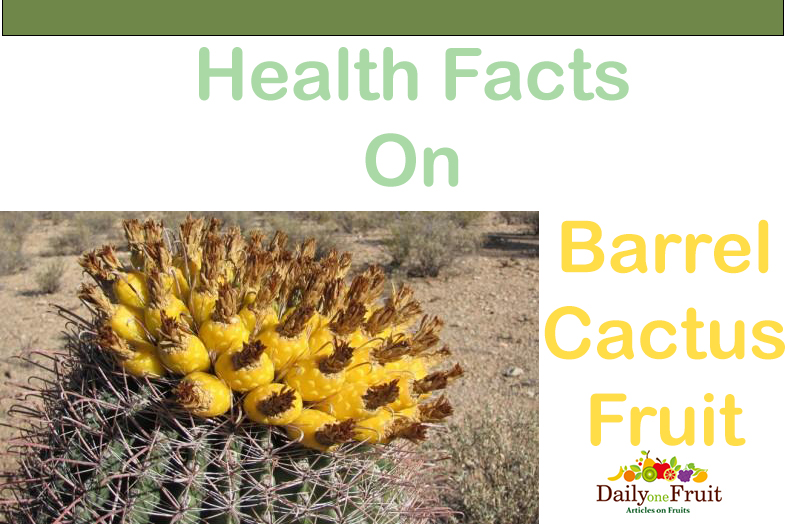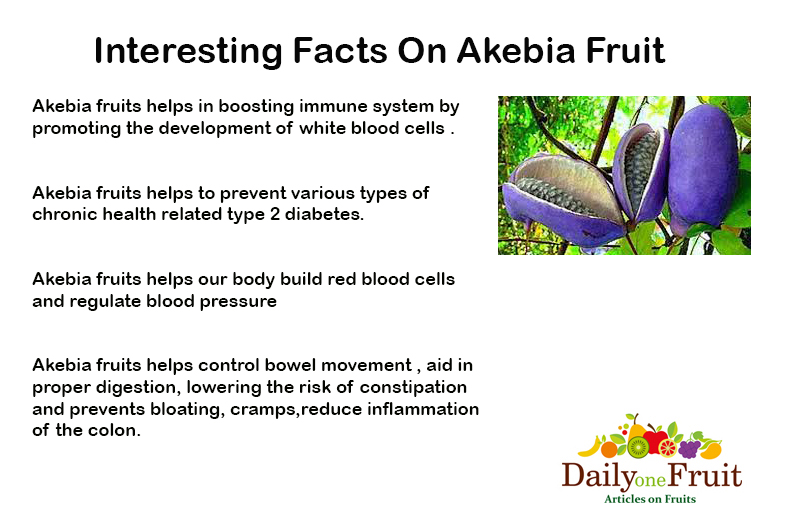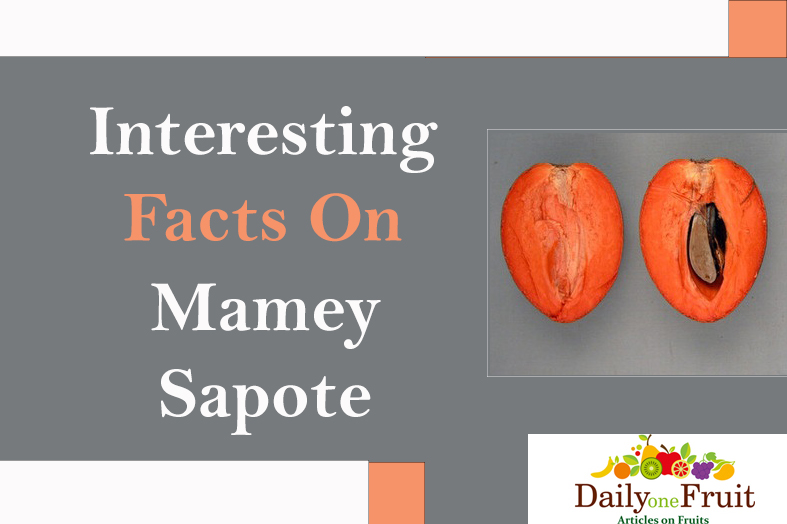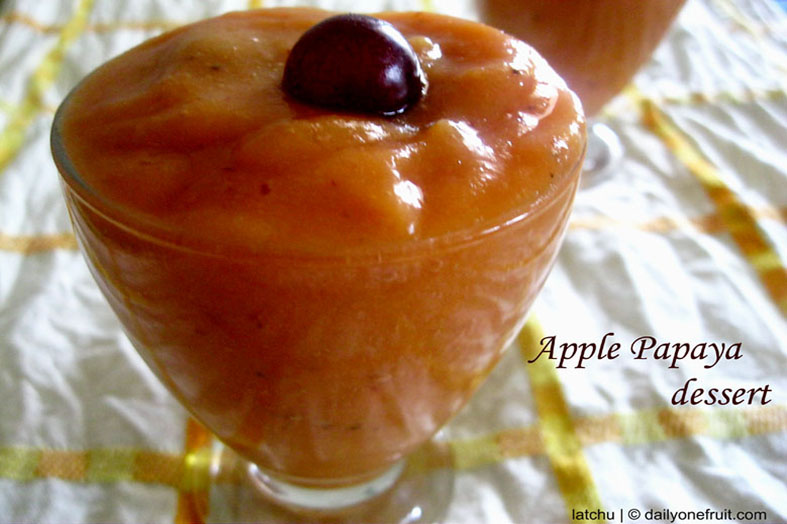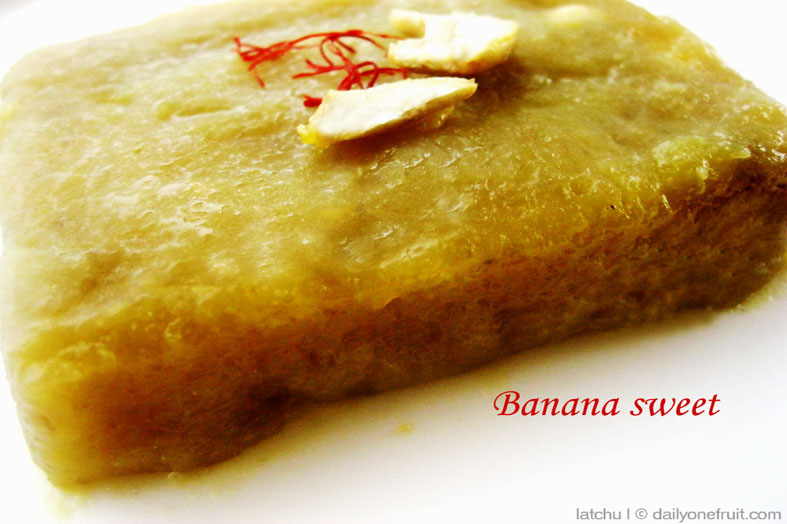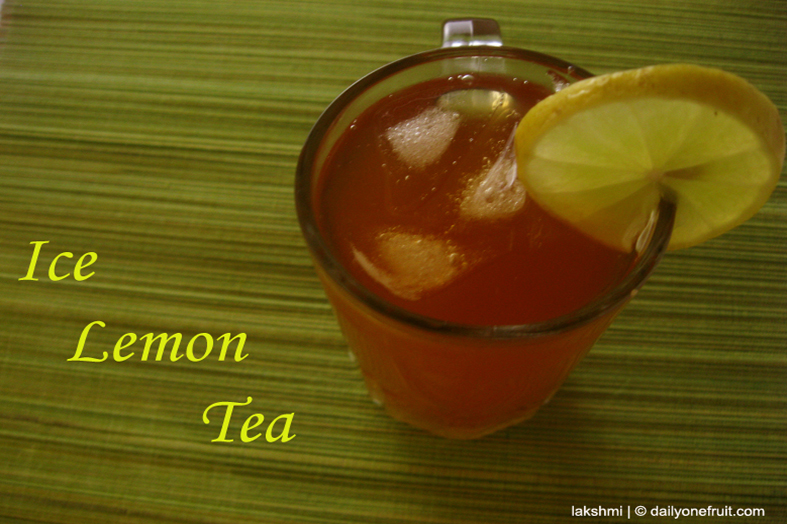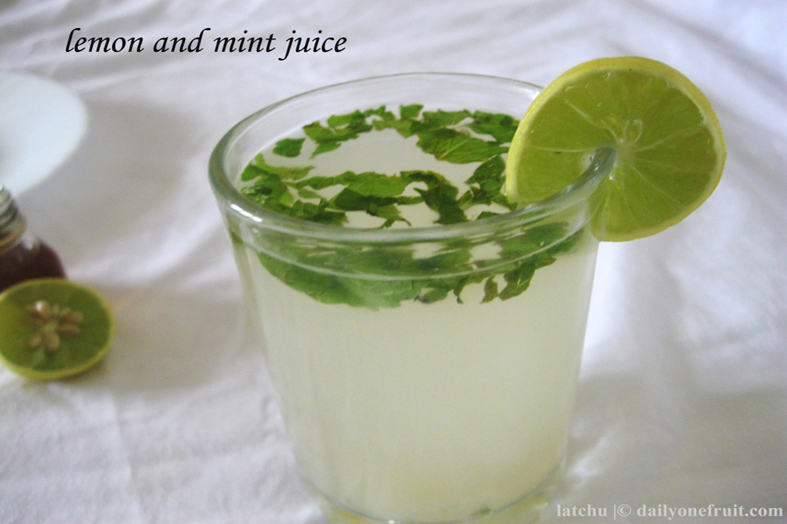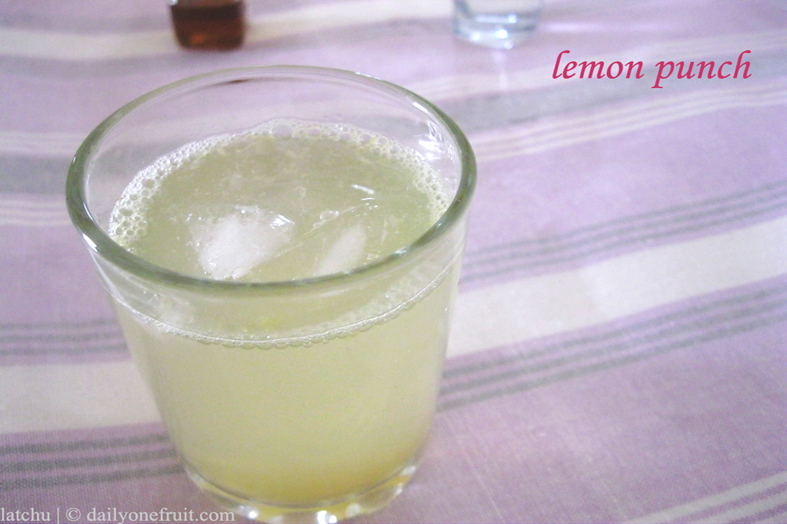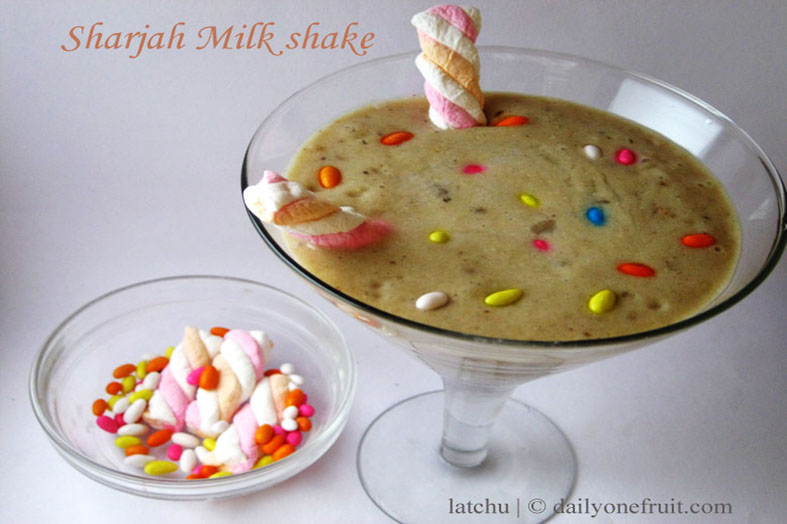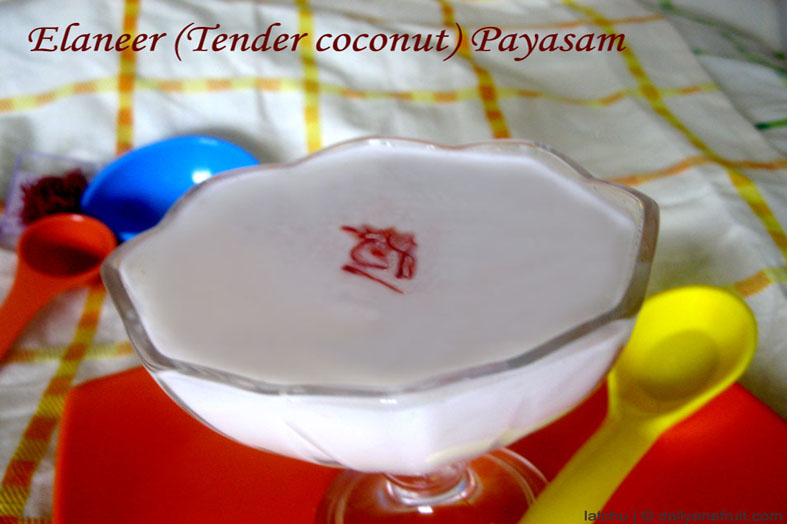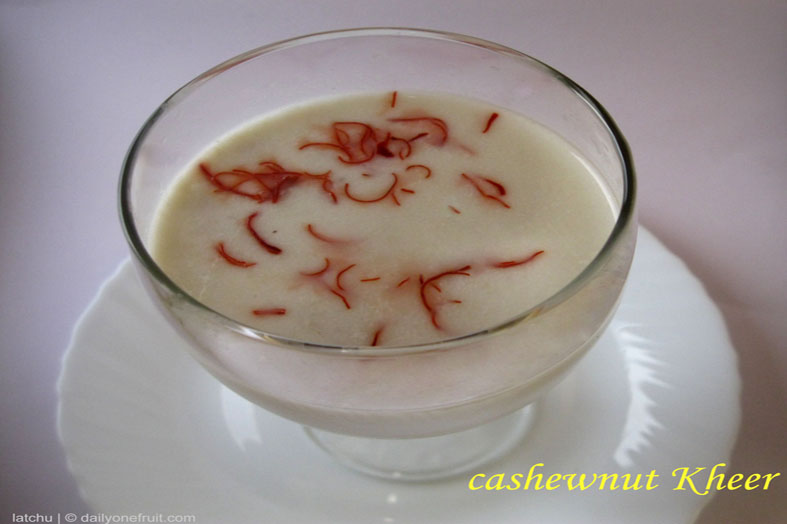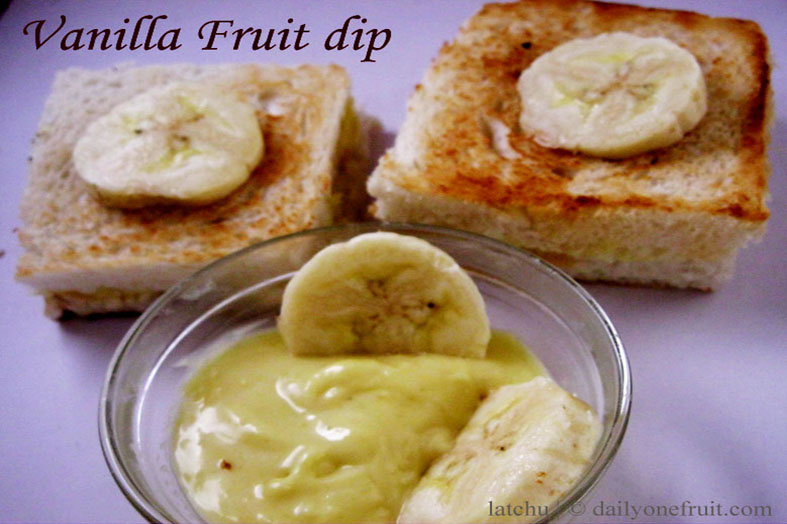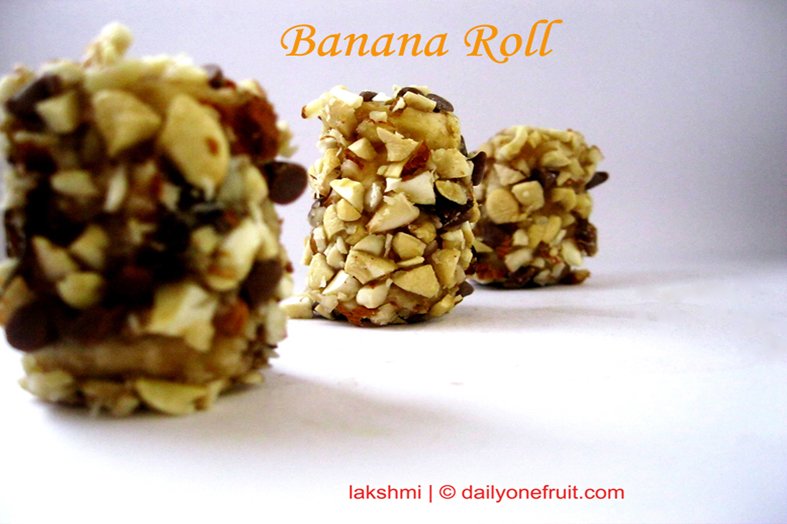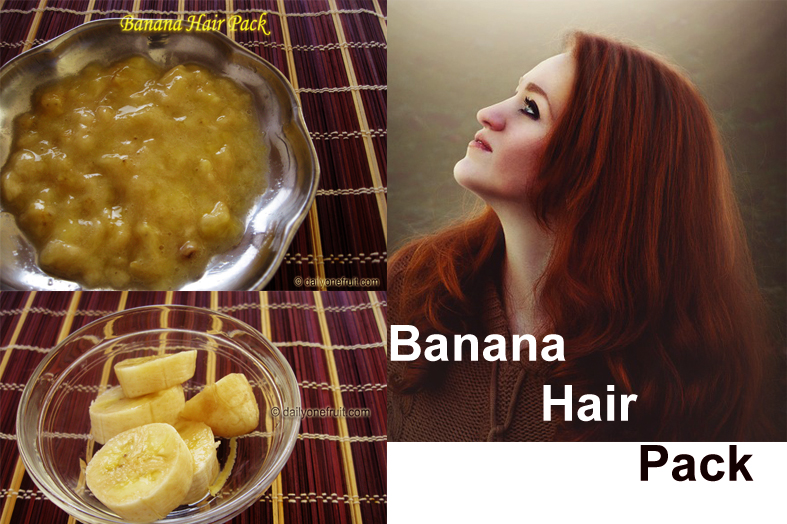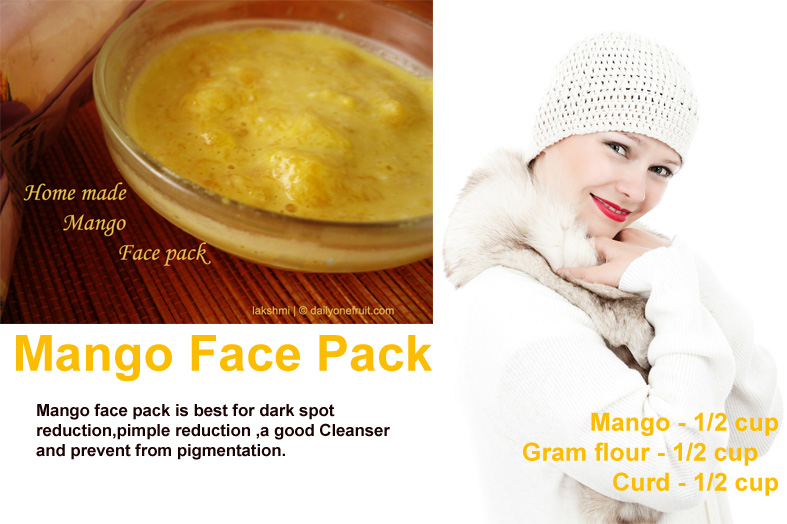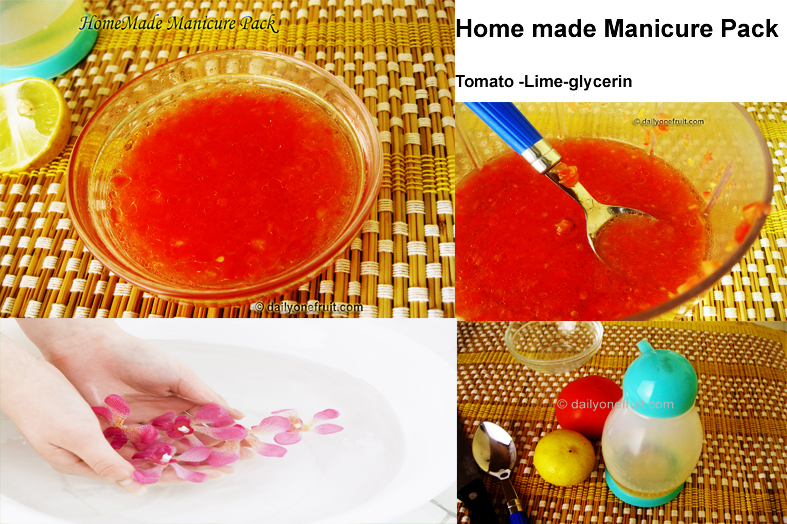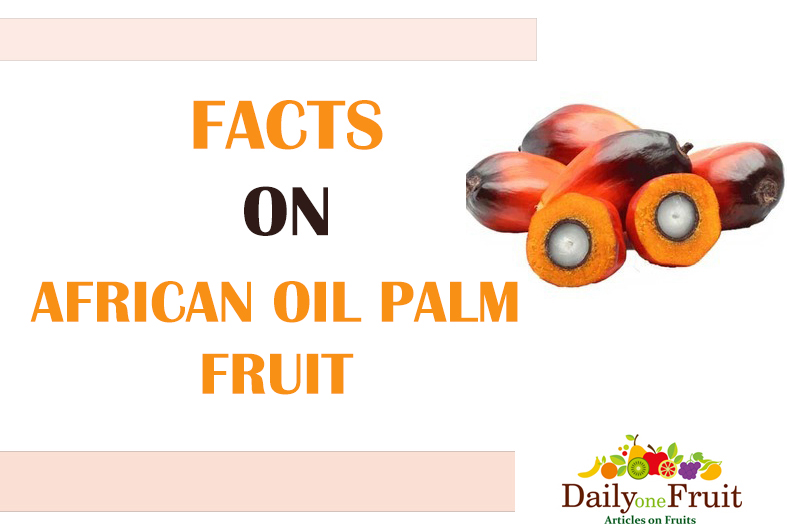
Facts On Oil Palm Fruit
African oil palm fruit is scientifically called as “ Elaeis guineensis ”.
ORIGIN OF OIL PALM FRUIT
African oil palm fruit includes the palm species native to Africa. Elaeis guineensis, the species native to South and Central America.
OTHER NAMES OF OIL PALM FRUIT
African oil palm, macaw-fat, mchikichi, mjenga ,Kiswahili, mubira, munazi ,Luganda , Abe .
APPEARANCE OF OIL PALM FRUIT
African Oil Palm fruit, are small, ovoid-oblong fruits that grow in clusters of several hundred, close to the trunk on short heavy stalks.
Each fruit is made up of an oily, fleshy outer layer (the pericarp), with a single seed (the palm kernel), also rich in oil.
TASTES OF OIL PALM FRUIT
It is of violets, tastes like olives and has a color that blends foods together like saffron.
VARIETIES OF OIL PALM FRUIT
There are three major varieties of oil palm: dura, pisifera, tenera. The dura palms have kernels with a thick shell, while the pisifera palms have kernels with no shell. The tenera palm is the cross between the two palm varieties (dura and pisifera).
NUTRITIONAL CONTENTS OF OIL PALM FRUIT
Unrefined red palm oil is rich in antioxidants, vitamin E, vitamin A, vitamin K, carotenes, lycopene, tocotreinol, and tocopherols.
It can be used in place of cod liver oil for correcting vitamin A deficiency.
The red colour derives from the very high levels of carotenes, more than 15 times the carotenes in carrots and 300 times that of tomatoes.
Calories120.2
Total Fat13.6 g
Saturated Fat6.7 g
Polyunsaturated Fat1.3 g
Monounsaturated Fat5.0 g
One cup of Palm oil serves 1909 calories and 216 g of total lipid fat. It also offers 0.02 mg of iron, 0.6 mg of choline, 34.43 mg of Vitamin E, 17.3 µg of Vitamin K, 106.488 g of total saturated fat, 0.216 g of lauric acid, 2.16 g of myristic acid, 93.96 g of palmitic acid, 9.288 g of stearic acid, 79.92 g of total monounsaturated fats, 0.648 g of palmitoleic acid, 79.056 g of oleic acid, 0.216 g of gadoleic acid, 20.088 g of total polyunsaturated fats, 19.656 g of linoleic acid and 0.432 g of Linolenic acid.
HEALTH BENEFITS OF OIL PALM FRUIT
Improves Vision: Beta-carotene in African oil palm is important for improving vision and can help by protecting the body against free radicals.Using palm oil as a replacement for other types of oil can help prevent macular degeneration and cataracts.
Preventing Cardiovascular Issues: Palm oil contain high vitamin E and K content of HDL and LDL cholesterol can create a balance in our body and maintains blood vessels.
Reducing the Risk of Cancer: Tocopherols, a form of vitamin E present in African oil palm is considered as a natural antioxidants that can help to prevent cancer by neutralizing free radicals.
Providing Naturally Soft Skin: Palm oil makes the skin naturally soft and glossy without it getting a greasy appearance. Vitamin E, in palm oil provides amazing anti-aging benefits that prevents the occurrence of wrinkles and fine lines.
Enhances Hair Growth: Palm kernel oil provides thorough conditioning of hair, thickens hair and reduces hair fall by making it stronger. African oil palm provide Vitamin E content that may help support in healthy scalp and act as natural antioxidant .
Fortifies Bone Health: Vitamin K and D is one of the most important fat-soluble vitamins that the body requires. It boosts bone health and also acts as a blood coagulant. Palm kernel oil contains high amounts of the vitamin K and hence is recommended for daily use.
Keep Joints Healthy: The palm kernel oil is a source of healthy unsaturated fats and medium chain fatty acids which is ideal for healthier skin, bones and joints.
Rich in Nutrients: Palm kernel oil also has high fat-soluble nutritional vitamin values. It has numerous nutrients that are essential for maintaining a good health. The presence of palmitic acid, considered as a 16-carbon saturated fatty acid, makes it distinctive from other cooking oils.
Helps during Pregnancy: Palm oil contains Vitamin D, A and E which is beneficial for pregnant woman and prevent the vitamin deficiencies.
Promotes with Energy: Palm oil has beta carotene in its which carotene assists in promoting the level of energy and enhances the balance of hormones in the body.


